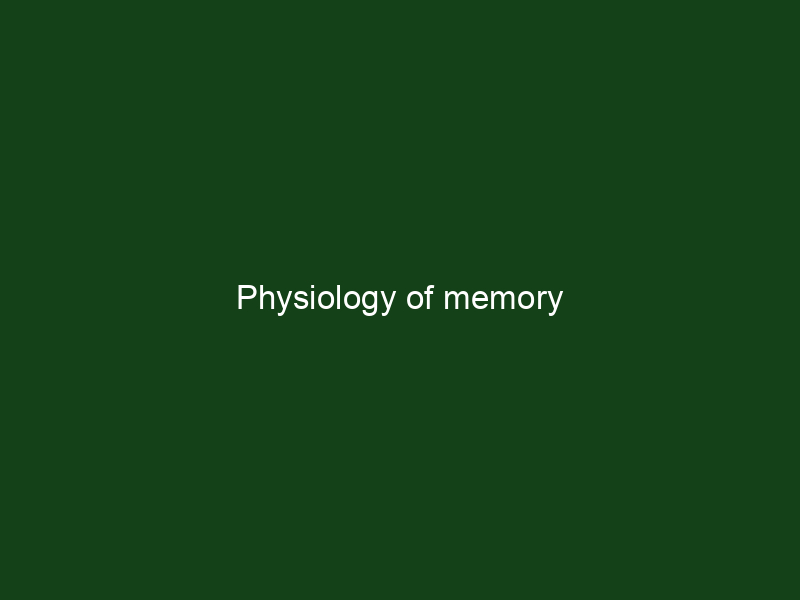There is a reason we do not talk much about physiology of memory. We simply do not have enough information that does not spark controversy. Below are some examples.
Is there a limit on chunking and working memory? Working memory is the basis of our memorization. It is studied via various cognitive tasks performed by participants. Unlike computer memory measured in bits and bytes, human memory is measured in chunking capacity. The 7+-2 size of working memory has caused a lot of controversy in the past. Cowan determined that in some of more complex tasks we use chunks of four. Musicians outperform non-musicians in tasks like remembering digits and sequences.
Visual and audio memory can be traced via fMRI. fMRI is a sequence of images generated via a huge apparatus that basically traces the blood flow in our brains. Various spots in fMRI correspond to correlated activities in our brains. The more areas in fMRI get illuminated, the larger amount of brain power is used. The communication between various senses has been the basis of synesthesia training and dual coding training we use. The effect is quite simple: an excitation in one sense enhances the excitation of other senses, generating deeper and more stable memories. However, there is still no good explanation regarding physiological effect causing it.
Memory storage and retrieval use different biological mechanisms. We try to improve retrieval by making “retrieval markers”, pieces of information so outstanding that they stand out in the “noise” of other facts we know and enable initial contact with our memory structures, after which we process the memories sequentially. However, we do not address at all the chemical processes in the brain that make retrieval of one person easier than the retrieval of another. There may be nootropics like Etiracetam which will facilitate retrieval of memories. The drug is still not fully understood even though it is available for quite some time now.
Even the memory loss with age does not have happen. In fact, healthy diet and intellectual exercise probably reduce the memory loss in most cases, and also reduce the chance of memory-related diseases. Even the factual loss of parts of brain may be overcome due to neuroplasticity, as other parts of the brain resume the roles of the dead brain cells.
New mechanisms allow tracing information on level of a single neuron using optogenics – a laser firing within a neuron. Additionally, we can trace memory formation as
DNA recombination within the brain. Probably every few years we will double our understanding of human memory.
Previously people tried to find which part of the brain is responsible for the memory. We already know enough neuroanatomy of memory to understand that the memory is not localized in an individual brain part, but many brain areas contribute to its formation. The more we learn, the more complex our understanding becomes.

Get 4 Free Sample Chapters of the Key To Study Book
Get access to advanced training, and a selection of free apps to train your reading speed and visual memory

